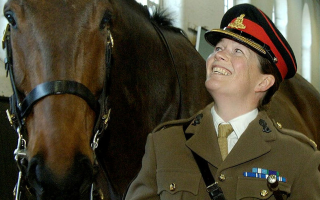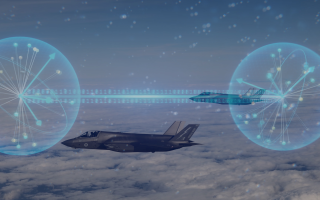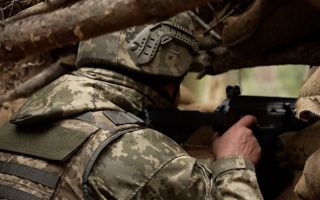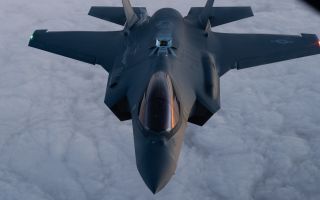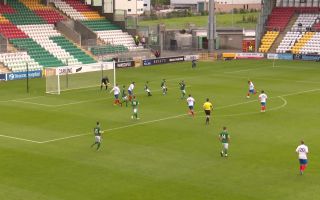Dogs of war: Commandos harness huskies for resupply exercise behind enemy lines
Commandos have been using dogs to supply troops with ammunition and food in the Arctic Circle, simulating a deployment deep behind enemy lines.
The specialists from the Commando Logistic Regiment and the Commando Helicopter Force's Ground Mobility Troop trained with huskies during the trial in northern Norway.
They wanted to find out how the dogs could be used on high-risk supply runs in enemy-held territory.
Evolving battlefield
Combat Service Support Squadron is a group of Royal Marines and Army Commandos responsible for punching through the frontline and quickly supplying advanced Commando raiding parties with ammunition, fuel, food and medical kit.
Whisky Squadron is made up of expert engineers, logisticians and drivers as well as protection troops who are well armed with heavy and grenade machine guns.
The Royal Navy said they had been "taking lessons from Russia's illegal war in Ukraine on the way in which logistics has continued to evolve on the modern-day battlefield".
"Mainly operating at night, the squadron uses various methods to reach the raiding teams – on foot, skis or snowmobiles or in some cases using tracked vehicles and trucks depending on the delivery size. The emphasis is on speed and remaining hidden," it explained.
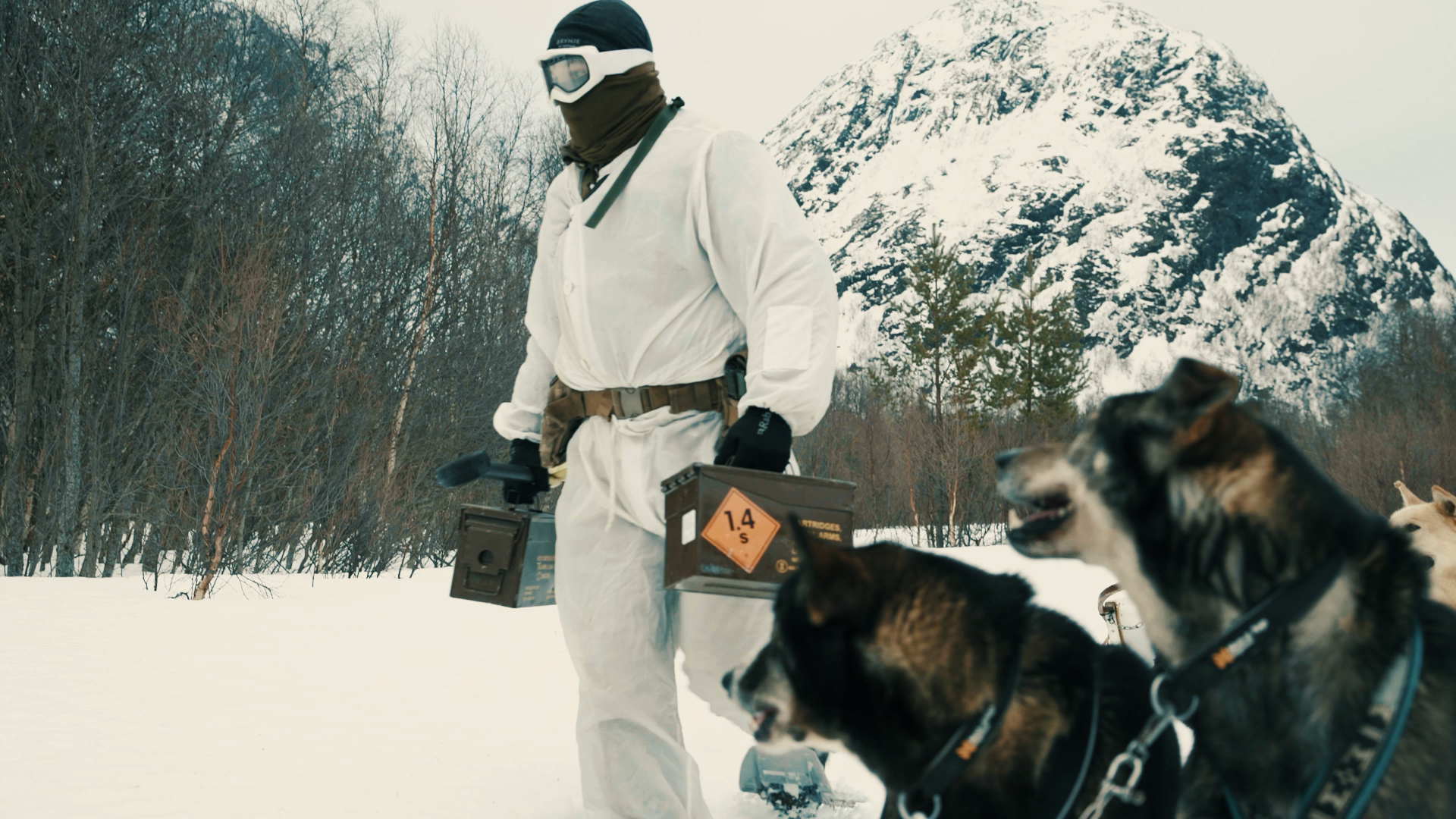
During the tests, the Commandos looked at how sledges pulled by huskies could help deliver supplies to troops, making considerations on the types of operations their canine companions could be deployed on.
They also examined how far the dogs could travel, how snow conditions affected their speed and endurance, and the planning required to navigate complex routes given the significant speed the huskies reach that makes them unable to make quick turns.
The Royal Navy said the need to avoid compromise while restocking hidden caches was also considered, given the huskies would become restless if they were left too long.
Royal Marines Captain Al Hunter was asked how the training with the dogs from the Norwegian organisation Riverland Husky had gone.
He said: "We have been addressing the threat of high-tech weapons by looking at low-tech, low-signature solutions like the huskies, to resupply advanced forces."
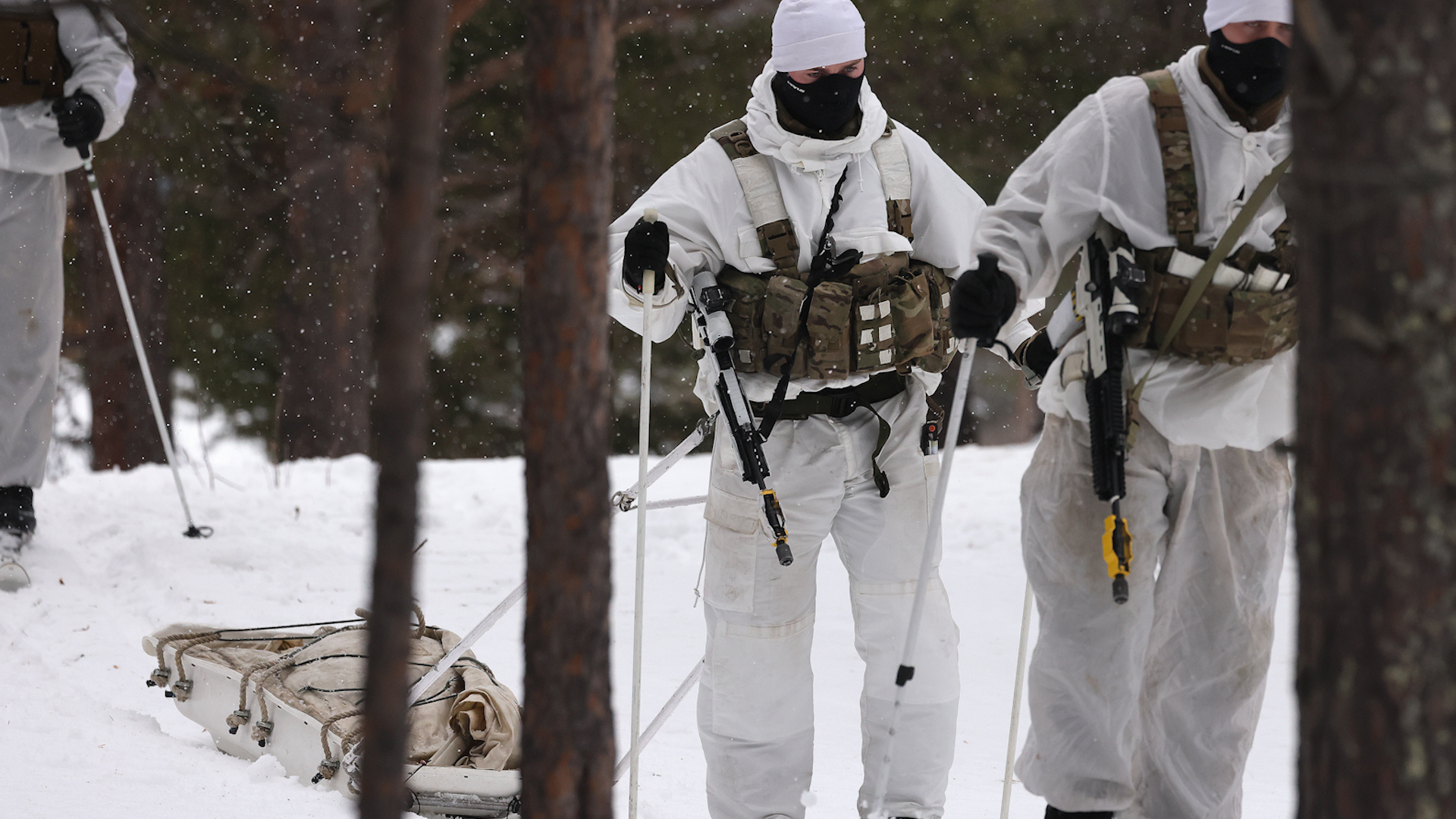
This training was just one small part of Whisky Squadron's inaugural deployment, which has bonded the deployed troops and headquarters tightly together having only been formed six months ago.
Marine Robert Swart, a Weapon Technician, said: "As a young marine you want to come out to Norway and test yourself in one of the hardest environments in the world, operating in the frozen plateau is arduous and a great way to confirm one's soldiering ability."
Whisky Squadron is responsible for operating in the extreme cold of the Arctic with 45 Commando as part of the Littoral Response Group (North), a Royal Navy task force designed to react to world events in Northern Europe's waterways and chokepoints.
Delta Squadron, meanwhile, is responsible for operating in desert and jungle with 40 Commando, which forms the main punch of Littoral Response Group (South) that keeps a continuous presence in the strategically important Indo-Pacific.
The Royal Navy explained: "The need for these squadrons is borne out of the Commando Forces' return to raiding operations, landing in small teams on coastlines to cause mayhem on an adversary."

